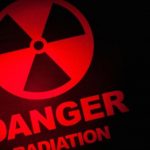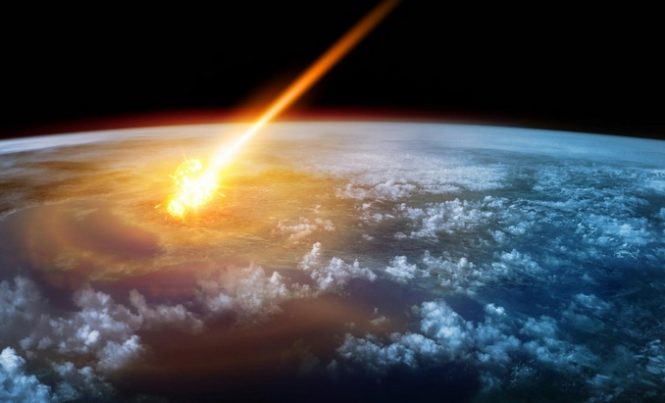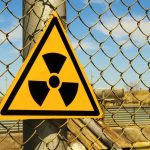
A single asteroid hit in the Atlantic ocean could generate a Fukushima-sized tsunami wave causing nuclear meltdowns in 13 nuclear facilities along the East Coast
Wednesday, April 19, 2017 by Jayson Veley
http://www.nuclear.news/2017-04-19-a-single-asteroid-hit-in-the-atlantic-ocean-could-generate-a-fukushima-sized-tsunami-wave-causing-nuclear-meltdowns-in-13-nuclear-facilities-along-the-east-coast.html

It seems like today the United States has more foreign threats than we can count. Not only are tensions with Russia on the rise, but America is also being simultaneously threatened by Syria and North Korea. On top of it all, the Islamic State is on the move, carrying out horrific acts of violence, not only overseas but also on our own soil. Indeed, if the President and his team of foreign policy experts make even one mistake, it could potentially result in serious damage to our country.
Still, Americans can find solace in the fact that all of these are threats we can control. If we don’t want to be attacked by the Russians, for example, there are certain things that our leaders can do to prevent that from happening. Unfortunately, though, there are also certain things that we have no control over whatsoever; things that have the ability to inflict massive damage and lead to the deaths of millions of people.
One thing that most Americans never stop to consider is the threat of an asteroid hurling through the atmosphere and colliding with planet Earth. Even though most space rocks that collide with Earth are nowhere near big enough to cause any real damage, there is still the possibility that one day, a massive asteroid will come into contact with our world and send us all back to the stone ages. (RELATED: NASA only has a 10% chance of detecting asteroids before they strike Earth.)
Given the fact that 70 percent of the earth’s surface is covered with water, it is more than likely that an asteroid would strike the ocean as opposed to a continent.
Several years ago, scientists at the University of California, Santa Cruz developed a computer simulation detailing what would happen if a large asteroid were to strike the Atlantic Ocean. According to their model, such an impact would send waves as high as 400 feet crashing into the East Coast of the United States, resulting in mass destruction and millions of deaths. Much of this destruction would be caused by a series of nuclear meltdowns at facilities based in Georgia, South Carolina, North Carolina, Virginia, Maryland, Pennsylvania, New York, Connecticut, Massachusetts, New Hampshire and Maine.
The simulation was based on a real asteroid that is expected to collide with Earth eight centuries from now. On March 16, 2880, the asteroid known as 1950 DA is expected to swing extremely close to earth’s atmosphere – so close, in fact, that is could slam into our planet at speeds of up to 38,000 miles per hour. Given the fact that 1950 DA is two-thirds of a mile in diameter, it is easy to see how such a space rock would be capable of causing so much damage. Even though, statistically speaking, the odds of an asteroid this size hitting earth are relatively small, that doesn’t mean that it hasn’t happened before. For instance, it is widely assumed that the so-called K/T impact was responsible for the extinction of the dinosaurs 65 million years ago.
Steven Ward, a researcher at the Institute of Geophysics and Planetary Physics at UCSC, said, “From a geologic perspective, events like this have happened many times in the past. Asteroids the size of 1950 DA have probably struck earth about 600 times since the age of the dinosaurs.”
While the idea of an asteroid smashing into earth and potentially wiping out life as we know it isn’t exactly a happy thought, it is something that we must think about. As UCSC Earth Sciences professor Erik Asphaug puts it, “It’s like knowing the exact time when Mount Shasta will erupt. The way to deal with any natural hazard is to improve our knowledge base, so we can turn the kind of human fear that gets played on in the movies into something that we have a handle on.”
Sources include:
Tagged Under: Tags: Asteroid, atlantic ocean, natural disasters, nuclear meltdown





